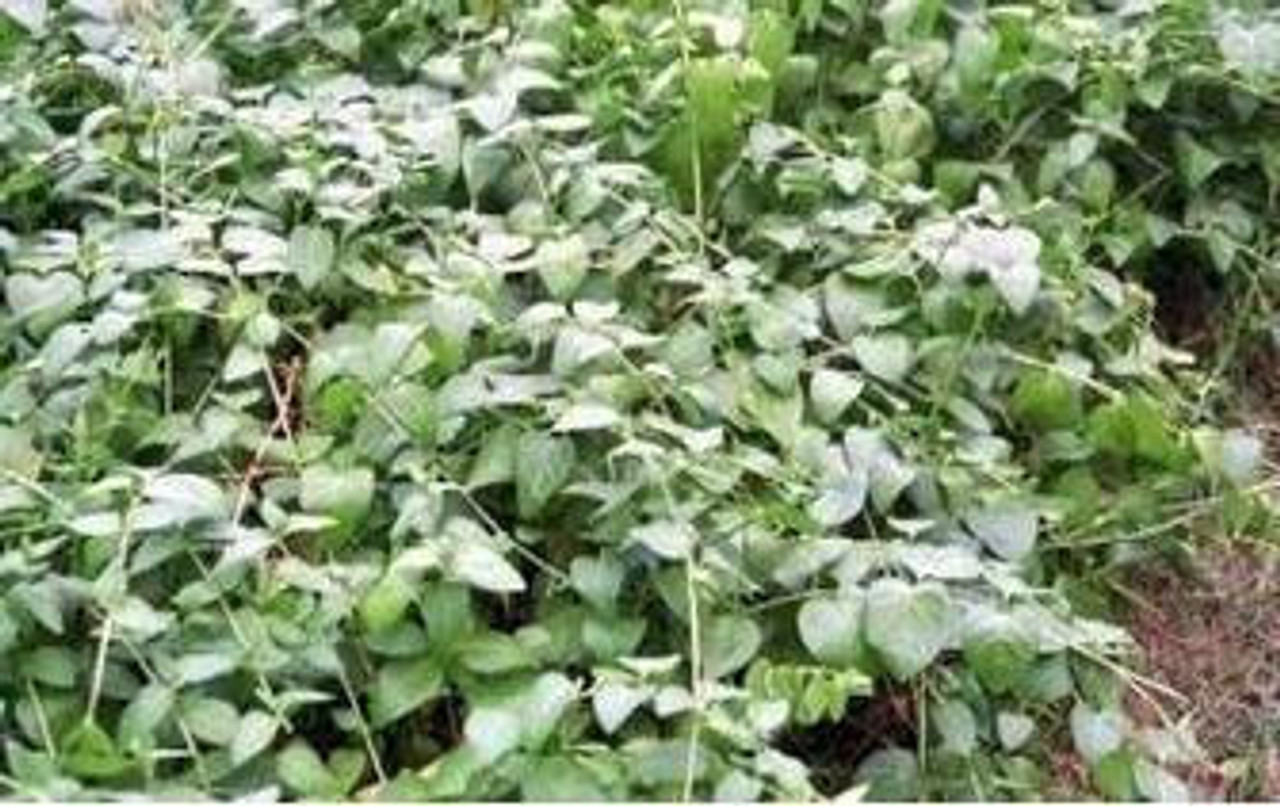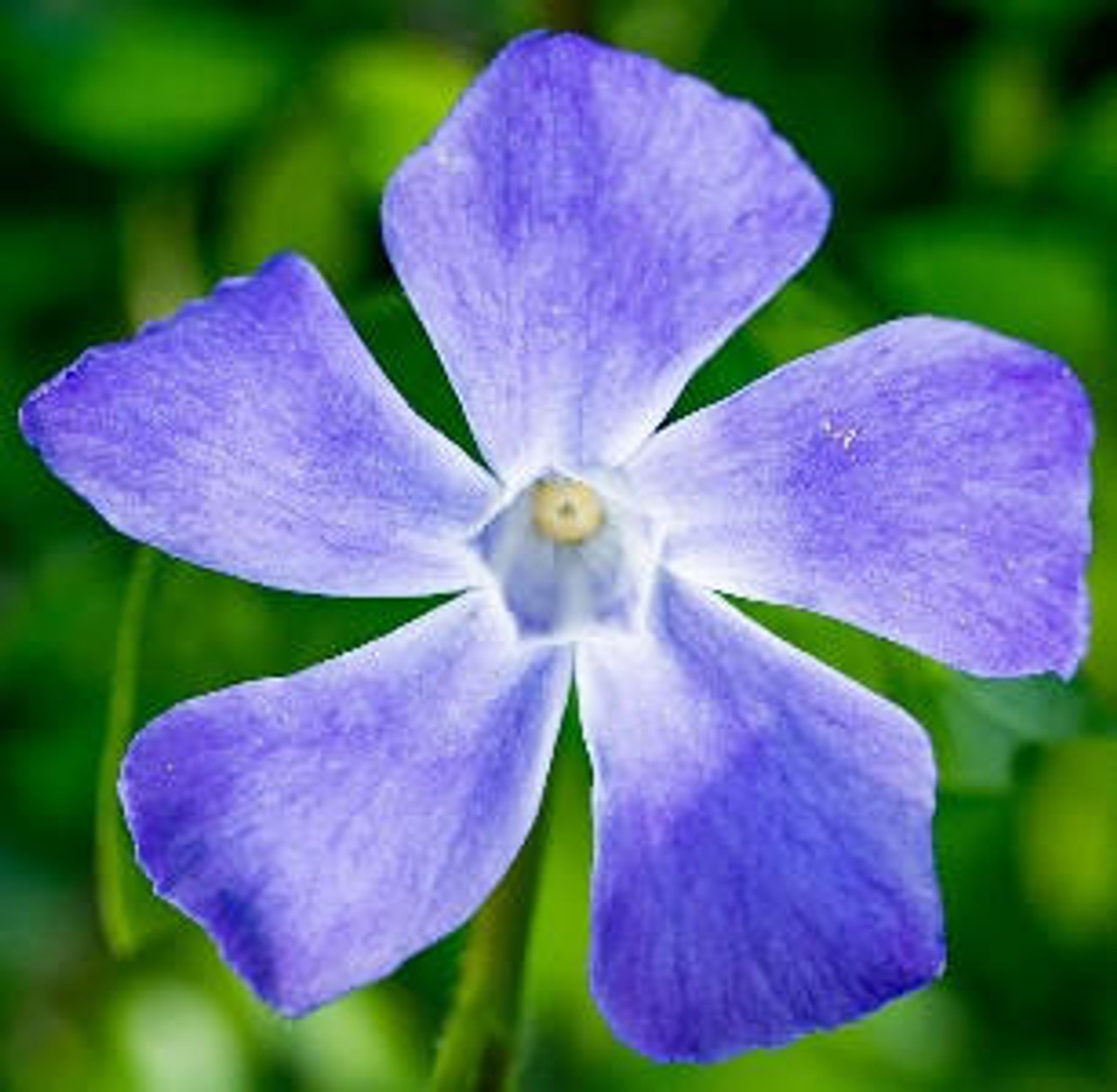Product Description
Vinca major (10)ct Flat
Common names: Big Leaf Periwinkle, greater periwinkle
Height: 6-18 Inches
Hardiness Zone: 6-9
Full Sun to Shade
Prefers Part Shade to Shade in Southern Zones
Semi-Evergreen in Northern zones
Tolerates most soil conditions
Vinca major, a member of the Apocynaceae family, is a hardy, low-maintenance, trailing vine perennial plant that is native to Europe and Asia.
Vinca major, commonly known as bigleaf periwinkle or greater periwinkle, is a vigorous, spreading, evergreen groundcover prized for its attractive foliage and showy blue flowers. It is a popular choice for gardeners seeking a low-maintenance solution to cover ground and suppress weeds.
- Foliage: It has glossy, dark green, oval-shaped leaves that are larger than those of its close relative, Vinca minor. The leaves are evergreen, providing year-round interest.
- Flowers: In spring, it produces abundant, violet-blue, pinwheel-shaped flowers that rise above the foliage. The blooms are larger than those of Vinca minor, adding a vibrant touch to the landscape.
- Growth habit: It is a fast-growing, spreading groundcover that forms a dense mat, typically reaching 12-18 inches tall and spreading indefinitely. It roots along the stems, allowing it to quickly cover large areas.
- Hardiness: It is hardy in USDA zones 7-9, performing best in warmer climates.
- Low maintenance: Once established, it is very low-maintenance and drought-tolerant.
Growing conditions:
- Sunlight: It thrives in full sun to partial shade but prefers some shade in hot climates.
- Soil: It tolerates a wide range of soil types but prefers well-drained soil.
- Moisture: It prefers moist soil but is drought-tolerant once established.
Uses in the landscape:
- Groundcover: Its rapid growth and spreading habit make it an excellent groundcover for suppressing weeds and covering large areas.
- Banks and slopes: It helps control erosion on slopes and banks.
- Underplanting: It can be used as an underplanting for shrubs and trees.
- Containers: It can be used as a spiller in containers and hanging baskets.
Cautions:
- Invasive potential: Vinca major can be invasive in some areas, spreading aggressively and outcompeting native plants. It is important to check its invasiveness in your region before planting and consider using a less aggressive cultivar if necessary.
- Toxicity: The sap of Vinca major can be irritating to the skin and eyes. It is advisable to wear gloves when handling the plant.
Additional tips:
- Pruning: It can be pruned to control its spread or to remove any dead or damaged stems.
- Propagation: It is easily propagated by stem cuttings or division.
Overall, Vinca major is a valuable groundcover for gardeners seeking a low-maintenance, evergreen solution to cover ground and add color to the landscape. However, it is important to be aware of its potential invasiveness and take precautions to prevent it from spreading uncontrollably.
Ten (10) plants in 4-inch containers per flat (or tray).
Other Details
The most important part of the plant is its root system. Healthy roots are the foundation of a healthy, vibrant plant. The type of plug container used is based on the specific needs of the plants. Perennials offered as bare root traditionally perform better when planted as bare root.Planted in a specialized mix, potted plants have well established root systems. Top growth stage will vary depending on the current life cycle and time of year when shipped. In Winter and early Spring dormant plants may be shipped. Dormant plants may be planted right away, even before the last frost date.
Most bare root varieties are field grown for at least one season, though Hemerocallis and Hosta are grown for two seasons. The bulk of the soil is removed during the harvesting process and the tops of most varieties are trimmed back to the crown. They are graded, packed in shredded aspen or sphagnum moss and stored in freezers until ready to be shipped.
See our Container Sizes and Bare Root Perennials pages for more information.
Plant information and care is provided in the Overview section, Plant Genus Page and general information is provided in the Planting Care & Guides. Additional questions can be asked on each Plant page.
Plant Spacing: Using the maximum mature spread or width of a plant to guide spacing, ensures space to grow to full size. To fill an area sooner, plant them closer together. Just remember, future thinning or transplanting may be needed.
Water: Keep a close eye on newly planted perennials, especially throughout the first growing year. Most early plant loss is due to too much or too little water!





